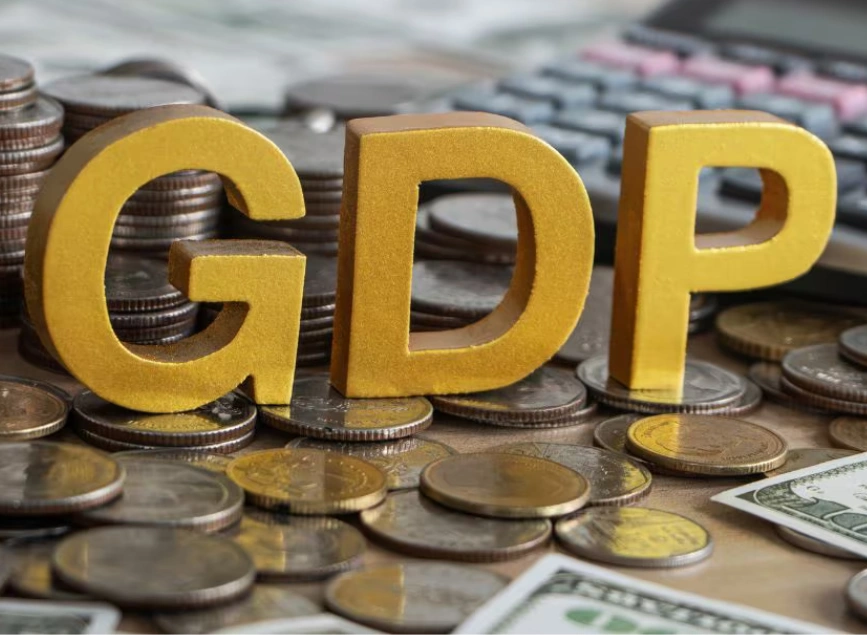
What is ATH? A Complete Guide for Traders and Investors
Estimated reading time: 7 minutes
Table of contents
In the world of finance, especially trading and investing, you may often hear the term ATH. This abbreviation stands for All-Time High, a key metric used by traders, investors, and analysts to gauge the performance of an asset. Whether you’re dealing with stocks, cryptocurrencies, commodities, or indices, understanding ATH can provide critical insights into market trends and help you develop better investment strategies.
In this comprehensive guide, we’ll dive deep into what ATH means, its significance, how it influences market behavior, and how traders can effectively use it in their decision-making process.
What is ATH (All-Time High)?
The term All-Time High (ATH) refers to the highest price that an asset has ever achieved in its trading history. This price is considered the peak or record level for that asset, marking a significant milestone in its performance.
For example, if a particular stock reaches a price of $100, which is the highest it has ever been, we say that the stock has reached its ATH. Similarly, cryptocurrencies like Bitcoin or Ethereum often hit new ATHs during periods of market hype or positive sentiment.
When an asset hits its All-Time High, it indicates that the market has never valued the asset higher, often reflecting strong investor demand and favorable market conditions.
Why ATH is Important for Traders and Investors

Reaching an ATH typically reflects strong bullish sentiment. Investors believe in the asset’s future growth potential, and the rising demand pushes the price to new heights. When an asset hits its ATH, it usually draws attention from both institutional and retail investors, leading to increased trading activity.
New ATHs can create a momentum effect, where traders jump in with the expectation of further gains, resulting in what is often called a “buying frenzy”. On the flip side, hitting an All-Time High can also trigger selling, as some traders decide to lock in profits.
Read More: The Smart Investor’s Guide: How to Invest $10,000 Wisely
Psychological Milestone
An ATH level often acts as a psychological barrier for both traders and investors. It’s common for people to adjust their trading strategies when an asset nears or surpasses its previous ATH. For example:
| Asset Class | ATH Behavior | Buyer Perspective | Seller Perspective |
|---|---|---|---|
| Stocks | May attract attention but often face pullbacks due to profit-taking or valuation concerns. | See ATH as a sign of strength and potential for further gains. | May cash out, expecting a price correction. |
| Cryptocurrencies | Known for rapid ATHs followed by sharp corrections due to speculative nature. | Enter expecting momentum and quick profits. | Sell to lock in gains, anticipating volatility. |
| Commodities | ATHs often result from supply-demand imbalances triggered by global events. | Anticipate continued price rise due to scarcity. | Use the ATH to secure profits before the market stabilizes. |
These psychological triggers often result in high volatility as both sides of the market—buyers and sellers—clash over the asset’s future direction.
Signal for Trend Reversal or Continuation
Traders use ATHs as a critical tool for technical analysis. When an asset consistently breaks through its All-Time High, it signals a strong uptrend. Investors may interpret this as a sign of sustained bullish momentum, possibly driving the price higher.
On the other hand, if an asset repeatedly fails to break through its ATH, it may indicate resistance, suggesting that the market is overbought or reaching a saturation point. In such cases, investors often anticipate a trend reversal or correction, where the price could fall after testing the All-Time High level multiple times.
Benchmark for Performance
For long-term investors, ATHs serve as key performance indicators. Investors often compare current prices with past ATHs to measure the asset’s growth potential or to evaluate their investment returns. For example, if a stock’s current price is near or above its All-Time High, it could be a signal of good performance, and a sign that the company or asset is on a positive trajectory.
Read More: European Stock Market Indices: A Guide for Investors
How to Identify ATH in Trading

Identifying an asset’s ATH is quite straightforward. Most trading platforms and charting tools provide historical price data that makes it easy to pinpoint the highest recorded price for any given asset. Here’s how traders typically identify and use ATHs:
- Using Price Charts and Historical Data
The simplest way to find an asset’s ATH is to check its price chart. Platforms like MetaTrader, TradingView, or any financial news site offer visual representations of price history, which can help you identify peak levels. In these charts, All-Time High levels often appear as noticeable peaks, representing the highest points the price has reached over time. - Utilizing Technical Indicators
To gain further insights, traders often use technical analysis tools like:- Fibonacci Retracement Levels: These help to predict potential future resistance and support levels based on previous ATHs.
- Moving Averages: Tracking moving averages over different periods can help traders understand the momentum leading to the ATH.
- Relative Strength Index (RSI): This can be used to check whether an asset is overbought or oversold as it approaches its ATH.
- Staying Informed on Market Events
New ATHs are often driven by fundamental factors such as positive earnings reports, new partnerships, or favorable economic conditions. For cryptocurrencies, factors like network upgrades or increased adoption can push prices to new ATHs. Keeping an eye on market news and upcoming events is crucial for anticipating these moves.
Read More: How to Invest in Stocks: A Pro Guide to Building Wealth
ATH in Different Markets: Stocks, Cryptocurrencies, Commodities
While the concept of ATH applies universally across various asset classes, its dynamics can vary depending on the market:
| Asset Class | All-Time High (ATH) Behavior |
|---|---|
| Stocks | When a stock reaches its ATH, it may attract more market attention. However, it may also face pullbacks due to profit-taking or concerns over high valuations. |
| Cryptocurrencies | Known for frequent and volatile ATHs. Speculative assets like Bitcoin and Ethereum often hit new highs quickly, followed by sharp corrections. |
| Commodities | ATHs are often driven by supply-demand imbalances. Events like geopolitical tensions or natural disasters can push prices of gold, oil, or wheat to new highs due to scarcity. |
How to Trade Around ATH

- Breakout Trading
One of the most popular strategies for trading around ATH levels is breakout trading. This strategy involves entering a trade when the price breaks above the previous All-Time High, with the expectation that the asset will continue its upward momentum. - Cautious Trading
However, not every breakout leads to sustained upward movement. In many cases, the price might fall back after reaching a new All-Time High, a phenomenon known as a false breakout. To manage this risk, traders often wait for a confirmation, such as multiple candlesticks closing above the ATH level, before entering a trade. - Profit-Taking at ATH
On the opposite side, some traders view the ATH as a good opportunity to take profits. If an asset has been on an extended bullish run, hitting an All-Time High could signal the peak of the trend, encouraging traders to sell before a potential correction.
Conclusion: Mastering the ATH for Better Trading Outcomes
Understanding the concept of ATH is crucial for traders and investors looking to maximize their market performance. ATHs not only serve as a benchmark for the highest price an asset has reached but also provide valuable insights into market sentiment, potential resistance levels, and future trends.
By incorporating All-Time High analysis into your trading strategy—whether through breakout trading, profit-taking, or simply gauging market confidence—you can better navigate the complexities of today’s dynamic markets. Stay informed, use the right tools, and always be mindful of the risks when trading around ATH levels.
Share
Hot topics

What Is GDP? A Complete Guide to Gross Domestic Product
GDP or Gross Domestic Product is one of the most powerful indicators used in global economics. It plays a central role in the decision-making processes of investors, central banks, governments,...
Read more




Submit comment
Your email address will not be published. Required fields are marked *